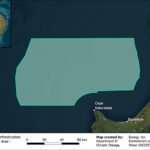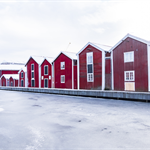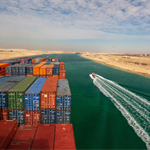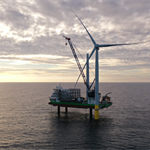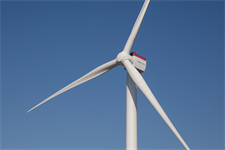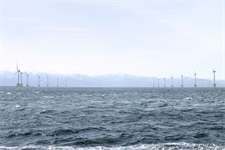SGRE unveils plans to return to profitability
Energy Disrupter
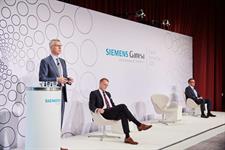
Siemens Gamesa Renewable Energy (SGRE) plans to “prioritise profitability over volume” as new CEO Andreas Nauen seeks a huge margin increase in the next three years.
The turbine manufacturer unveiled an updated business strategy at its latest Capital Markets Day, held virtually due to the coronavirus pandemic – but had little to on further rounds of cost-cutting.
It plans to maintain and develop a “best-in-class” product and service offering, “optimise manufacturing” costs and manage cash flow more strictly, and focus on project execution plus health and safety.
By 2023, Siemens Gamesa aims to achieve an Ebit margin pre-PPA and integration and restructuring costs of 8-10% – up from the -3% to -1% range it forecasts for the 2020 fiscal year.
Chief financial officer Thomas Spannring told reporters: “By 2023, Siemens Gamesa should be one of the most valuable assets on the market.”
Great leap forward
The company’s new Leap programme focuses on three pillars:
- Innovation – maintain and develop a “best-in-class product and service portfolio, explore the potential for “cross-business unit synergies” in product design and technology;
- Productivity – optimise costs of the company’s manufacturing footprints and adjust operations to a suitable size, and centralise procurement;
- Operational excellence – be more disciplined in project execution, achieve an “industry benchmark” for safety and quality standards, and achieve a “best-in-class” manufacturing performance.
When asked for more details on cost-cutting plans, CFO Spannring replied that the company would “communicate (this) in due time when we have firmed up the plans”.
The unveiling of the new strategy follows a turbulent period for the manufacturer: SGRE terminated the contract of CEO Markus Tacke and appointed Andreas Nauen as his replacement in June, and then recorded net losses of €466 million in the third quarter of its fiscal year, ending 30 September. It has also closed factories and ended production in Aoiz in Spain, and Brande and Aalborg in Denmark in recent months.
SGRE explained that wind turbine manufacturers’ margins have been eroded by “external factors” such as the introduction of auctions, global trade tensions and disruption caused by the coronavirus pandemic
But it stressed that the industry’s long-term outlook is favourable: the manufacturer highlighted that the International Energy Agency forecasts renewable energy to account for more than half of global energy capacity in 2040, while BloombergNEF forecasts wind to attract the highest investments in that period.
SGRE added that it is also optimistic about the potential for emerging green hydrogen technologies and that it hopes to play a “key role” in this field.
Business unit strategies
Siemens Gamesa stated that it aims to maintain profitability in its offshore and service business units and turnaround its onshore unit, with CFO Spannring adding that he is confident that onshore wind will be profitable on a standalone basis by 2023.
The company aims to prioritise profitability over volume in its offshore business unit, reduce the risk profile of its business model, deliver “leading competitive technology” such as its 5.X platform, simplify its supply chain and reduce it to an appropriate scale.
It added that some of these measures are already underway – SGRE has received its first 5.X orders, and set about restructuring its holdings in India and adapting its manufacturing footprint in Europe, the Middle East and Africa.
Spannring said that he expects the roll-out of the 5.X platform to “contribute significantly” to SGRE’s revenue from 2022.
Meanwhile, Siemens Gamesa expects strong growth in current European offshore wind markets and new markets globally, such as Taiwan and the US.
The manufacturer added that it will continue to develop technology and plans to globalise its offshore operations in collaboration with customers.
It projects its service business unit to achieve an 8% compund annual growth rate (CAGR) through to 2025.
SGRE added that it aims to leverage its recent Senvion acquisitions to grow its multi-brand fleet and use digital solutions to improve its service offerings.





